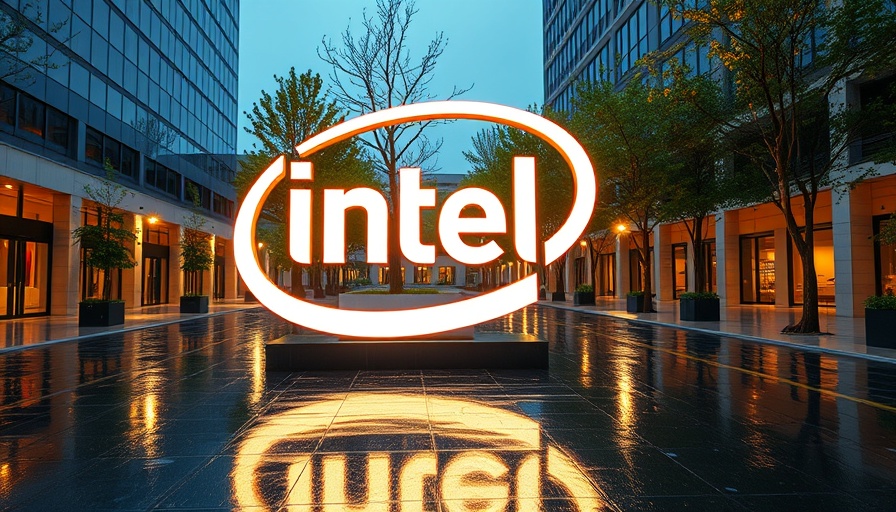
Understanding Intel's Government Backing
In a surprising move, the Trump administration has declared an investment of $8.9 billion in Intel, but the truth reveals a significant twist. This funding does not stem from new allocations; instead, it utilizes previously granted funds under the CHIPS Act initiated during President Biden's term. While Intel celebrates this infusion of capital, the reality sheds light on a complex landscape of political and corporate financial maneuvers.
Impact of CHIPS Act on the Semiconductor Industry
The CHIPS Act was designed to bolster domestic semiconductor production, enhancing the United States' position in the technology sector. However, Trump's previous criticisms of this initiative raise questions about the administration's real commitment to its goals. Despite his latest reprieve, the necessity for clarity and alignment between governmental and corporate strategies is more crucial than ever.
Legal and Financial Implications of This Investment
Bankers and lawyers are cautioning that the CHIPS Act may not legally permit converting grants into equity stakes, hinting at potential legal challenges ahead. This ambiguity warrants scrutiny as financial institutions assess the risk versus reward of dealing with government-backed funding amidst a backdrop of political tension.
Reactions Within the Tech Community
Intel's CEO, Lip-Bu Tan, initially faced pressure under the Trump administration's lens, but recent statements highlight a newfound cordiality. The shifting narrative denotes the intricate balance tech companies must maintain while aligning themselves with fluctuating political tides. How other tech entities respond to similar governmental dynamics will inevitably shape their operational and strategic decisions moving forward.
Looking Ahead: The Future of Tech Investments
The $8.9 billion conversion may seem like a win for Intel at first glance, yet it symbolizes broader concerns within the tech industry about dependence on governmental support and the precarious nature of such arrangements. As stakeholders in the technology sector, consumers, and investors must remain vigilant, evaluating how these intertwining relationships influence innovation and market stability.
 Add Row
Add Row  Add
Add 




Write A Comment